Table of Contents
Long-term survival foods play an important part in any emergency preparedness plan. I have spent many hours researching these foods to understand how they contribute to sustained nutrition during challenging times. In this article I share my insights on which foods provide good nutrition, how to store them, and what to consider when building a long-term food supply.
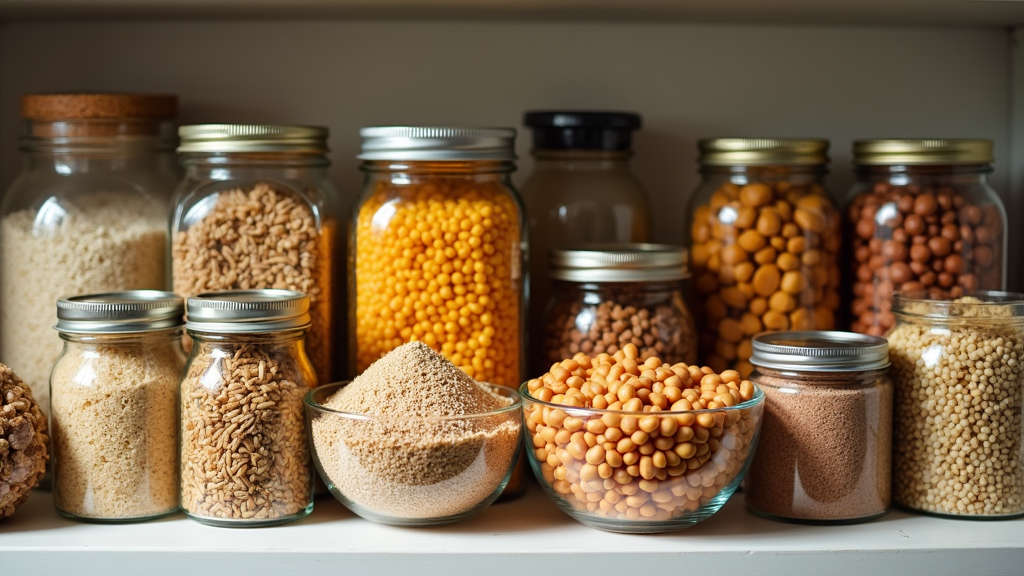
Overview of Long-term Survival Foods
Preparing for the future involves planning for many possible situations. One of the key aspects of emergency preparedness is having a reliable stock of long-term survival foods. This concept means keeping food supplies that have a long shelf life and offer balanced nutrition. I have been interested in this area for years, and I see value in combining nutritional needs with efficient storage. Foods that last a long time make it easier to face unexpected circumstances while ensuring that nutritional requirements are met over time.
The idea behind long-term survival foods is not only to have enough calories available; it is also about having a variety of food groups that create a balanced diet. I often explain to others that having a range of items like grains, legumes, canned goods, proteins, and essentials ensures that your diet remains diverse and that stored products do not quickly run out of needed nutrients.
Additionally, it is vital to keep in mind that long-term food storage is a proactive measure. By planning ahead, you set the stage to maintain healthy eating habits even when your daily access to fresh ingredients becomes challenging. This level of preparation not only supports your physical health but also provides a psychological boost in uncertain times.
Categories of Long-term Survival Foods
A very important part of planning your survival food pantry is understanding the different food categories available. Each group offers its own benefits, and together they provide a robust and balanced regimen. In my research, I have identified several key food categories that are worth stocking up on:
Grains
Grains form the foundation for many meals. I recommend storing different types such as:
- Rice (both white and brown)
- Pasta
- Quinoa
- Oats
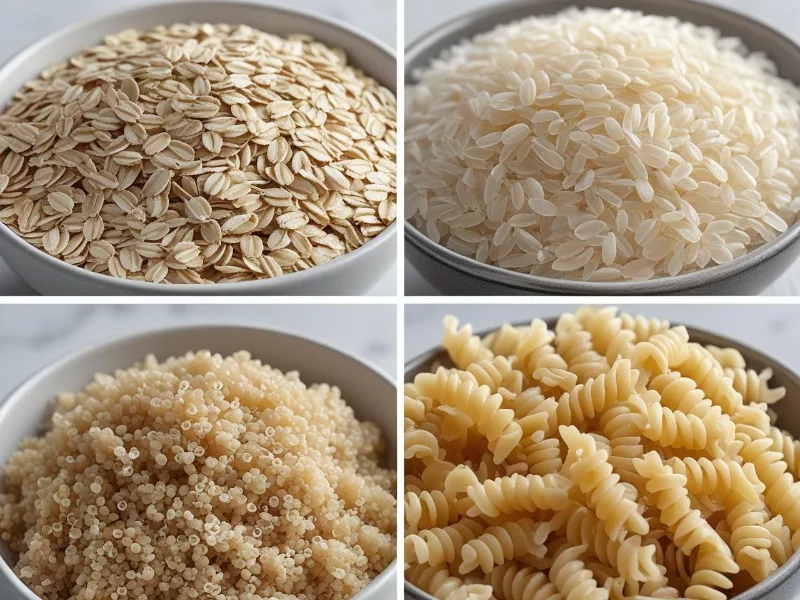
Rice and pasta are known for their long shelf life and versatility in many dishes. Quinoa provides a high protein content and is excellent for quick-cooking meals. Oats offer comfort as a breakfast option and can be given a boost with a variety of toppings. Expanding your grain collection can allow you to create everything from hearty porridges to flavorful pilafs, making mealtime both exciting and nutritious during extended periods without fresh supplies.
Legumes

Legumes are a fantastic source of plant-based protein and fiber. These foods store well and have numerous culinary uses. Consider keeping the following items on hand
Canned beans such as black, kidney, and pinto beans, and Lentils
Canned products help to diversify your survival food stock. The shelf-stability and ease of storage make them ideal for long-term use. My list includes:
Canned fruits such as peaches, pineapple, and berries
Canned vegetables including corn, green beans, and carrots
Canned meats like tuna, chicken, and beef
Ready-to-eat soups that can serve as a meal base
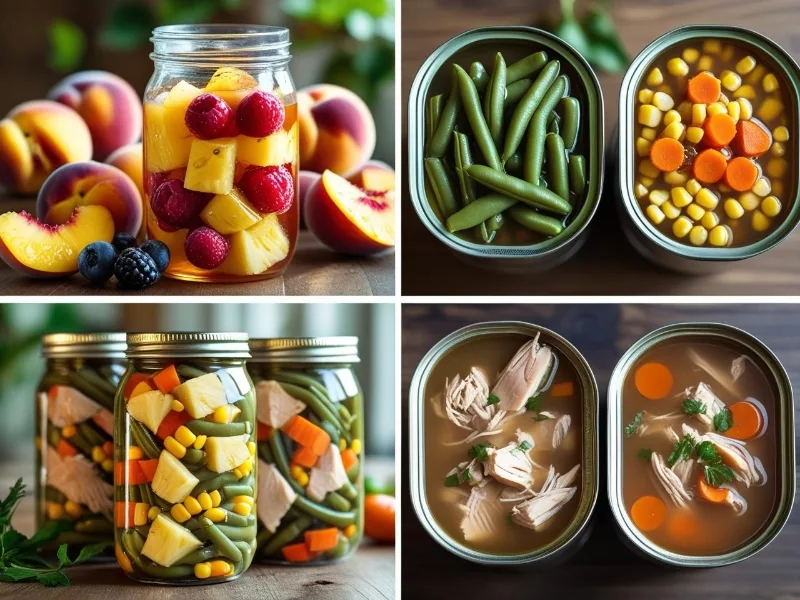
- These items can provide both flavor and essential vitamins even when fresh food may not be available. They help balance out meals and offer a quick meal solution when preparation time is short. Adding extra variety to your canned goods can also help you maintain interest in your menus, as you can mix and match flavors to suit different palates.
Protein Sources
The body requires protein for numerous functions, making it a key focus in any long-term food plan. I suggest including:
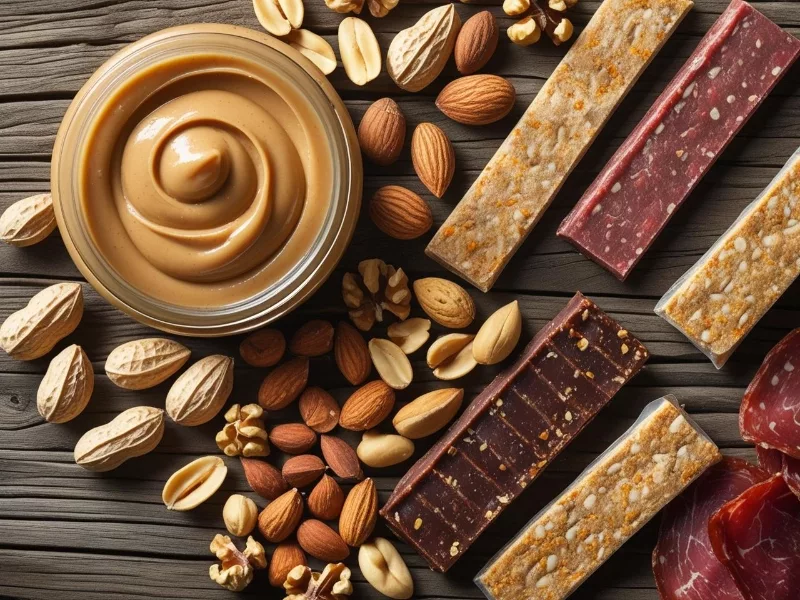
Peanut butter
Nuts including peanuts, almonds, and walnuts
Protein bars
Dried meat
The items in this category are compact and generally have an extended shelf life. The mix of natural fats and proteins in items like peanut butter and nuts helps maintain energy levels and supports overall health during an emergency scenario. Diversifying your protein sources further can ensure that your meals remain both filling and flavorful even when options are limited.
Dairy Alternatives
Dairy can spoil quickly, so long-term food plans often include dairy alternatives that store well. Consider these items:
Shelf-stable plant-based milk
Powdered milk

Both options provide calcium and are suitable for recipes that call for milk. They offer a practical alternative for those who may have difficulty finding fresh dairy supplies during extended periods without refrigeration. Experimenting with dairy alternatives in cooking can lead to surprisingly delightful culinary results and may even introduce you to new flavors or textures.
Other Essentials
Beyond the main food groups, there are ancillary items that are critical for successful food preparation. I always keep these available for seasoning and cooking:

Salt
Spices
Dried herbs
Cooking oil
Flour
Sugar
Crackers
These ingredients add flavor and help turn raw ingredients into satisfying meals. They also provide the flexibility to make dishes from scratch, making your emergency stock more enjoyable. Incorporating these essentials into your daily cooking routine can allow you to prepare a wide range of culinary creations that go far beyond basic sustenance.
Key Considerations for Stocking Up
Building a reliable supply of long-term survival foods involves more than simply purchasing items. It requires careful thought regarding storage conditions, rotation of supplies, and ensuring a balanced nutritional intake. I have gathered several points to help guide others along the way.
One very important factor is the shelf life of each item. It is helpful to note expiration dates and plan to use or rotate stock to maintain freshness. Labeling items with the date of purchase and expiration date can simplify this process. I prefer to store items in a cool, dry place to extend their shelf life and preserve nutritional quality.
Storage containers also play a role in successful long-term food management. Air-tight containers can help avoid moisture absorption, while metal or food-grade plastic options offer durability and ease of handling. I have personally used these containers to minimize any risk of spoilage and to manage large quantities of food more effectively. In addition to these practices, setting aside a dedicated storage space that is easy to monitor can help you stay on top of your supplies.
Another important consideration involves planning meals in advance. I find that sketching out simple recipes can help balance the available nutrients and make daily food management easier. This proactive approach ensures that my stock of survival foods is both functional and varied rather than just a collection of items sitting on a shelf. Writing down meal plans or even keeping a recipe journal can be a useful tool in staying organized.
Budget is yet another aspect that should be kept in mind when purchasing long-term survival foods. Not every expensive item is a necessity, and many excellent options are available at affordable prices. I strive to select quality products that balance cost and nutrition, always considering the possibility that circumstances may force prolonged reliance on stored foods. The extra planning can help you avoid overspending while still ensuring that you have a well-rounded supply.
To further boost your food storage strategy, consider setting aside time every few months to review your inventory. This extra step allows you to rotate items and evaluate your overall stock, making adjustments as needed based on consumption patterns and seasonal changes.
Advanced Tips for Managing Long-term Food Supplies

As you become more familiar with handling long-term survival foods, small adjustments and advanced practices can make a significant difference in how effective your stored supplies are. Over time, you may notice that fine-tuning your approach by adding a few extra steps makes the whole process smoother and more reliable.
Plan a Rotation Schedule: Consistently rotating food items ensures that older stock is used before newer additions. This practice reduces waste and helps maintain a consistent supply of fresh items, even within long-term storage. A well-planned schedule keeps you alert to any items nearing their expiration and ensures that you always use your resources wisely.
Keep an Inventory: I maintain a detailed list of all stored items and their anticipated consumption dates. This inventory list helps me avoid purchasing unnecessary duplicates and makes it much easier to track any nutritional gaps that might need addressing. A written inventory not only saves time but can also alert you early if it’s time to restock certain essentials.
Invest in Storage Solutions: Upgrading your storage with new containers or organizing systems can smooth the way for more accessible food supplies. I have found that proper planning, combined with investment in durable storage options, leads to a more organized system and lowers the risk of food spoilage. Regularly checking your storage setup can even provide ideas for improving space and efficiency.
Research Alternative Uses: Sometimes, long-term stored foods might stray from their original intended use. I regularly explore creative recipes that incorporate these ingredients, reducing monotony and keeping meals enjoyable even during stressful periods. Experimenting in the kitchen can turn an ordinary ingredient into a star of a novel dish, ensuring that you continue to enjoy good food despite limitations.
Monitor Nutritional Balance: While having enough calories is important, balancing nutrition is equally so. I often double-check the proportions of proteins, carbohydrates, and fats in my food reserve to guarantee that my diet remains balanced over time. Using available tools and simple calculations can help measure these ratios and ensure that every meal contributes to your overall health.
All these tips contribute to a more efficient and stress-free system of managing long-term survival foods. Adding a few extra checks, keeping a close eye on your inventory, and constantly updating your meal plans can dramatically improve how you use your stored items. These additional strategies not only help slow down waste but also create a system that supports daily needs even when circumstances change unexpectedly.
Frequently Asked Questions
I encounter many questions regarding long-term food storage. Here are a few that I have found come up regularly:
Question: How do I determine which foods to prioritize for long-term storage?
Answer: I start by selecting foods that have a long shelf life and require minimal preparation. Items that store well in cool, dry conditions, such as grains and canned goods, tend to be a top priority. Assessing nutritional value and ease of preparation helps in making an informed decision.
Question: What is the best way to store these foods?
Answer: I recommend using airtight containers that protect against moisture and pests. Placing your supplies in a cool, dry, and dark area also helps maintain the quality of your stored items over time. This practice makes it easier to organize your pantry and quickly locate what you need when time is of the essence.
Question: How often should I rotate my stock or check expiration dates?
Answer: I keep a close eye on my supplies and check my inventory regularly, about every few months. Rotating items before they expire is essential to avoid waste. Keeping a record of purchase dates and consumption deadlines helps ensure that you make the most out of your food reserves.
Question: Can I create meals from these items that still provide balanced nutrition?
Answer: Yes, combining categories such as grains, legumes, canned goods, proteins, and essential seasonings makes it possible to craft meals covering all nutritional bases. Planning menus ahead of time and mixing up recipes guarantees that you continue to enjoy tasty and well-balanced dishes even during extended periods without fresh ingredients.
Wrapping Up
Long-term survival foods are a fundamental component in preparing for emergencies. Having a well-thought-out plan that includes a variety of food groups such as grains, legumes, canned goods, proteins, dairy alternatives, and other essentials provides a stable nutritional foundation. I have learned that proper storage, routine inventory checking, and practical tips are very useful in ensuring that food supplies are both sustainable and enjoyable, even when fresh ingredients are scarce.
My approach has always been focused on balance and practicality. Instead of solely purchasing in bulk, I pay attention to nutritional content, shelf life, and ease of preparation. It isn’t just about preparing for emergencies. It is also about building a reliable safety net that supports your overall well-being during challenging periods. The satisfaction of knowing you have a well-stocked and balanced pantry greatly reduces stress and builds confidence.
Planning for long-term food storage isn’t only about having enough food on hand. It is about creating a system that supports you every day, regardless of the situation. Taking the time to research, plan, and organize your supplies puts you in a better position to handle unexpected challenges. I encourage you to start planning your food storage today and tailor your selections to fit your lifestyle and needs. Your future self will thank you for the careful preparation and thoughtful decisions you make now.
With careful planning and a commitment to maintaining a balanced and diverse food reserve, you can transform your emergency preparedness into a practical, stress-reducing system. May your pantry be filled with quality items that sustain health, provide comfort, and give you the confidence to face unexpected challenges head on.
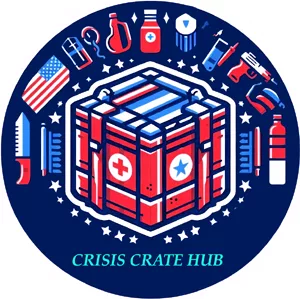
The article does a great job explaining the difference between short-term and long-term emergency preparedness. It highlights the importance of planning based on individual needs, building proper survival kits, and staying informed.
One improvement could be a deeper focus on long-term food storage, such as recommending specific non-perishable foods and proper storage methods. Overall, it’s a useful guide, but adding more details on food sustainability would make it even better.
Hi Chee Shi,
Thank You so very much for your insights on my website. I always value outside perspectives. It really does help a lot. Were you reading from the article short-term vs. long-term supplies? I feel like you may have been looking at my website while I was mid-process of making some changes. Did you happen to see the articles Long-term Survival Foods? and How to Rotate Your Food Storage Effectively? I’m just curious. Like I said, I feel like I may have been moving some things around as you were looking at my website. Again I value your input and I appreciate all of your comments. Thank You!
IShannon emphasizes the vital role that long-term survival foods play in any emergency preparedness plan. The focus is on maintaining a balanced, nutritious food supply that can last through challenging times, not merely providing calories but ensuring a diversity of essential nutrients. Shannon outlines how foods like grains, legumes, canned goods, and various protein sources along with dairy alternatives and basic cooking essentials can form the backbone of a sustainable pantry.
The article explains that successful long-term storage hinges on proper organization: knowing expiration dates, using airtight containers, and storing items in a cool, dry, dark space. It’s not just about buying in bulk; it’s also about planning meals ahead and setting up a rotation system so that nothing goes to waste. Advanced tips, such as keeping a detailed inventory and even investing in innovative storage solutions like rotating racks, help maximize efficiency and nutritional balance over time.
Ultimately, Shannon’s approach isn’t solely about preparing for emergencies but about creating a reliable, stress-reducing system that supports daily well-being. By planning and reviewing your supplies regularly, you build a safety net that not only ensures food security in crisis but also contributes to a more organized and confident lifestyle.